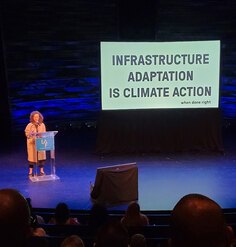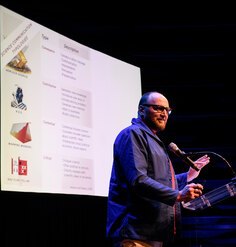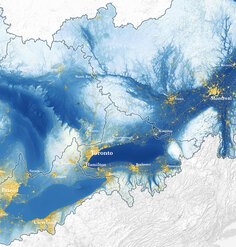LAF Fellowship Spotlight: Bringing Environmental Justice to the Energy Grid
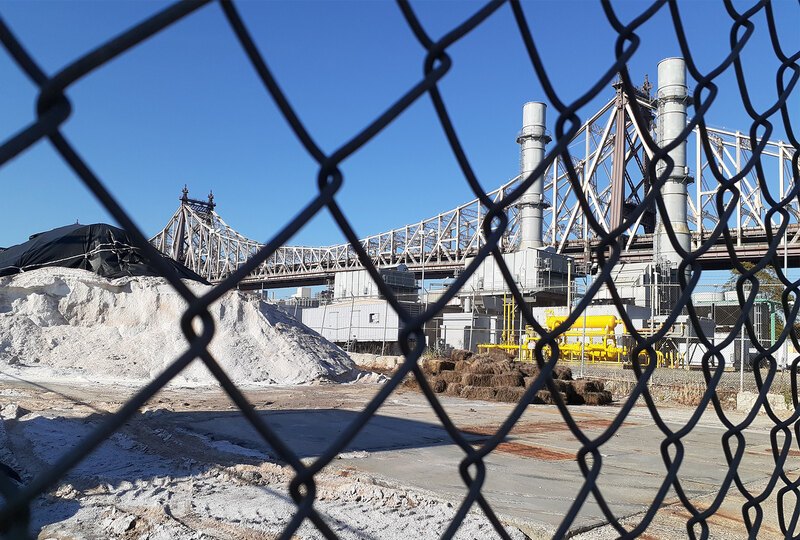
Members of the 2020-2021 cohort of the LAF Fellowship for Innovation and Leadership have spent the past 9 months exploring big ideas and advancing their proposed projects. The Fellows will present the culmination of their work at LAF’s virtual Innovation + Leadership Symposium in June. In the meantime, LAF is profiling each Fellow to share more about their progress and personal journeys.
Environmental justice applies to a range of topics that are distinct to each community and location. Over her fellowship year Andrea Johnson, a lecturer at City College of New York and Brooklyn resident, has been unpacking how New York City’s energy grid factors into environmental justice and determining how landscape architects can plug into and support community-led efforts towards energy decentralization.
Particularly, Andrea’s research focuses on New York City’s peaker plants, power plants intended to meet excess demand during heat waves and other high-usage scenarios. Over 1.2 million New Yorkers live within a one-mile radius of a peaker plant – the majority of which are located in low-income communities of color. In addition to CO2 emissions, peaker plants release nitrogen oxides, sulfur oxides, and tiny particles into the air. Increased rates of respiratory illnesses in these communities demonstrate the extent of the harm done to local air quality.
Though the negative impacts of this model appear obvious, charting a more sustainable and equitable path is anything but. “Bringing renewable energy resources to these communities is constrained by the existing regulatory environment, general bureaucracy of various city and private agencies overseeing energy, and a challenging real-estate environment that has not been designed to facilitate assets such as large industrial buildings for the public good,” says Andrea.
Andrea was a student when Superstorm Sandy hit the region. At the time, it impressed upon her the vulnerabilities to the city’s power grid as well as the disproportionate impacts related to public health, environmental hazards, and socio-economics factors. She carried this line of inquiry with her through her education. Later, while collaborating on a speculative food systems book at Terreform, she found parallels to energy. She noted that both food and energy systems are multi-scalar and are composed of an array of actors with often conflicting sets of social, economic, and environmental values.
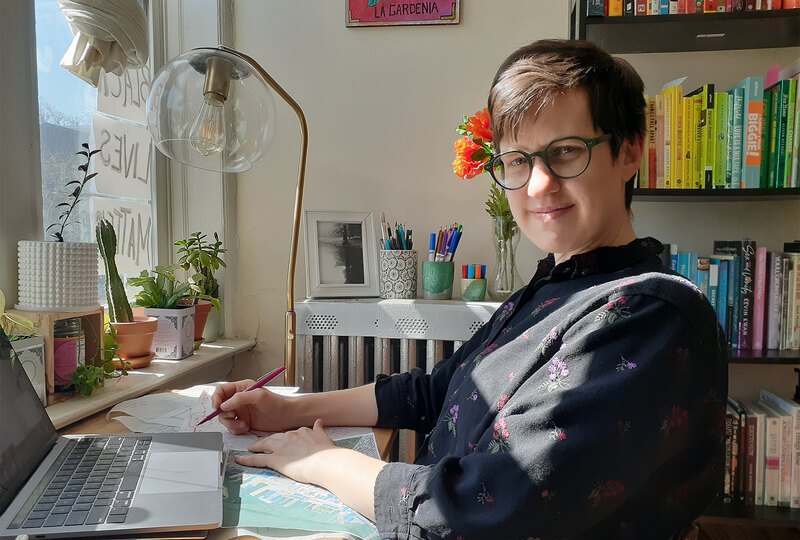
Andrea’s project explores how investments toward the cost of maintaining peaker plants could be redirected toward renewable energy generation and storage in environmental justice communities. From the onset, she knew that collaboration would be a central component of her approach. Despite pandemic-related barriers to that effort, Andrea has managed to conduct interviews and liaise with local environmental justice groups, such as UPROSE. “Any investment in these communities will come from their own visioning. I hope to speculate on scenarios that can influence those community planning processes.”
Precedents within landscape architecture provide some foundational insight that Andrea believes can serve these efforts. For instance, what can the transition from gray stormwater infrastructure to green infrastructure teach us about the integration of renewable energy resources at the site scale? In turn, how can landscape architects incorporate advocacy models into their planning and designs? The fellowship’s emphasis on the journey and transformational leadership over output has given Andrea the space to explore these questions while receiving mentorship and support from the other members of her cohort. “The fellowship has instilled the value of collective, supportive exchange and the importance of strategic visioning, listening, and engaging with an array of perspectives.”
Since Andrea began her fellowship project, the New York Power Agency announced that it would work with environmental justice groups to transition six of New York City’s 16 peaker plants to cleaner forms of energy. As Andrea refines her approach and prepares to share her presentation at the LAF Innovation + Leadership Symposium in June, she states that, already, “this experience has helped me imagine what an activist-driven design approach entails and requires.”
UPDATE: You can watch Andrea's presentation from the 2021 LAF Innovation + Leadership Symposium here.
